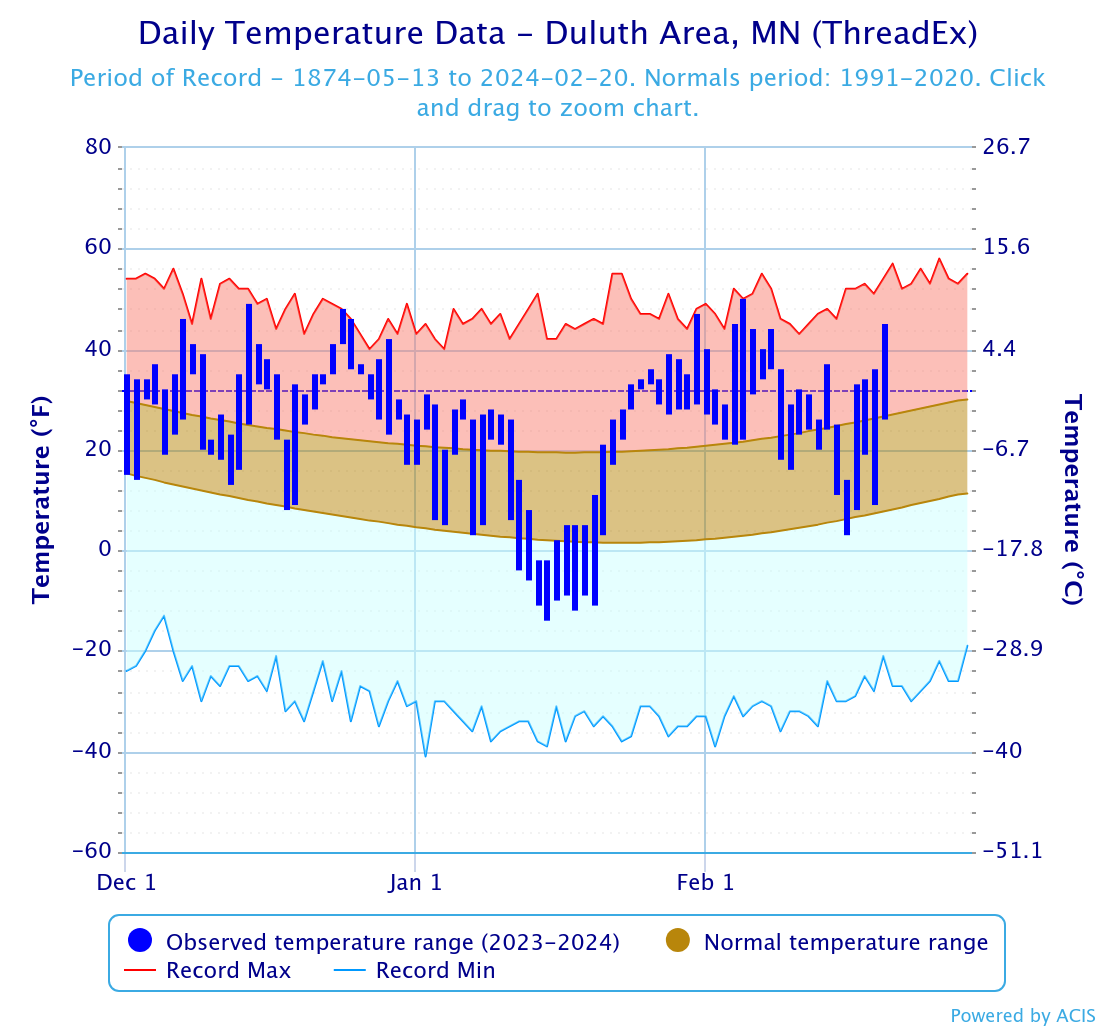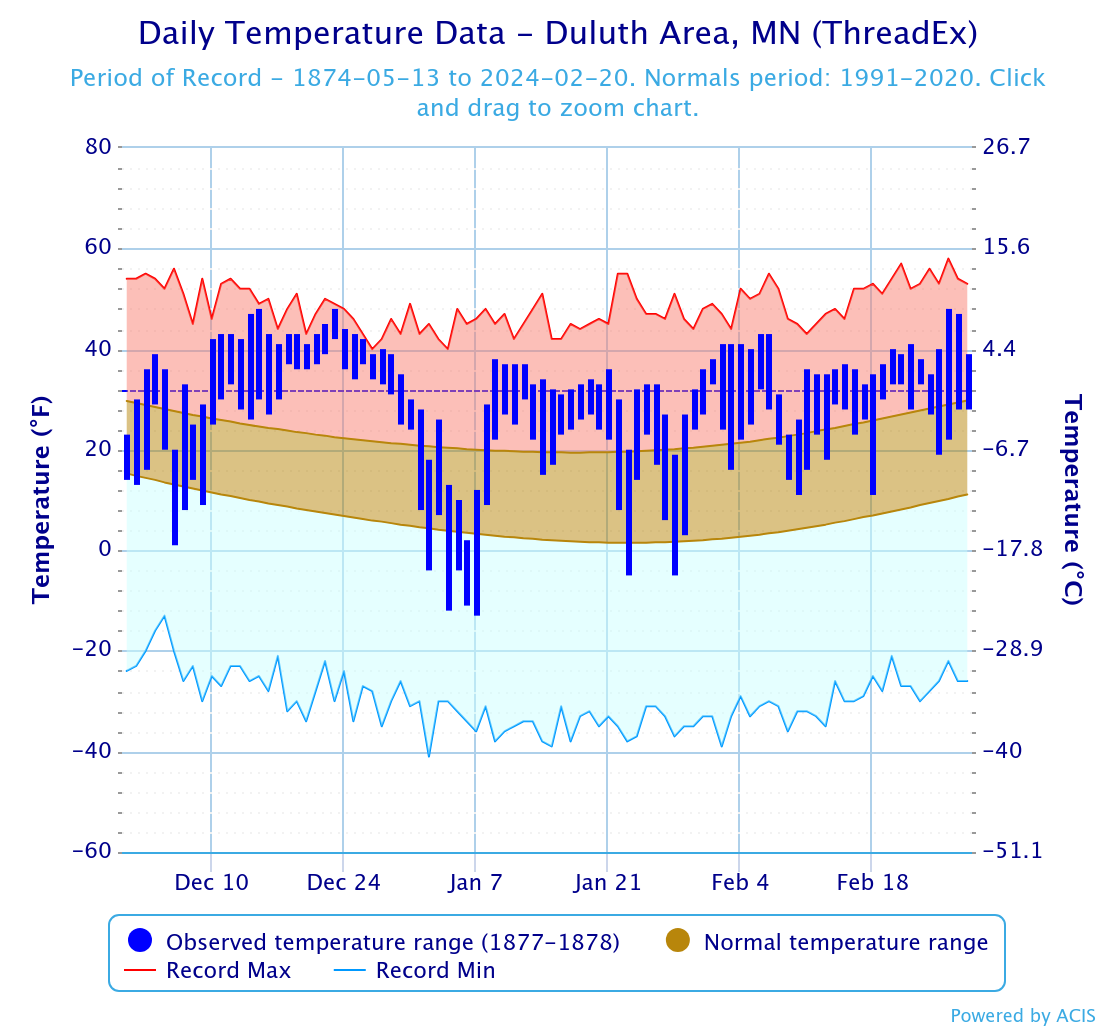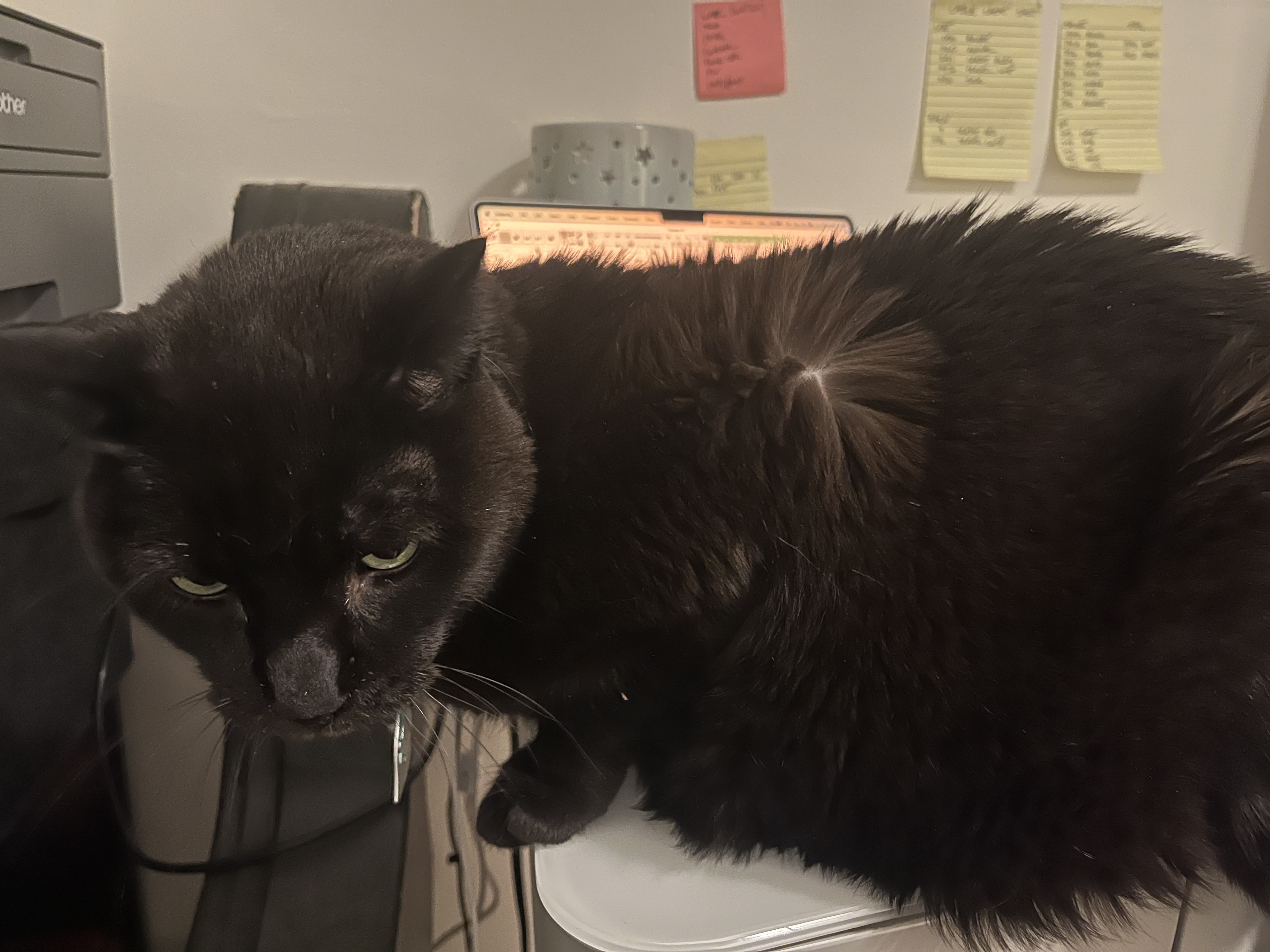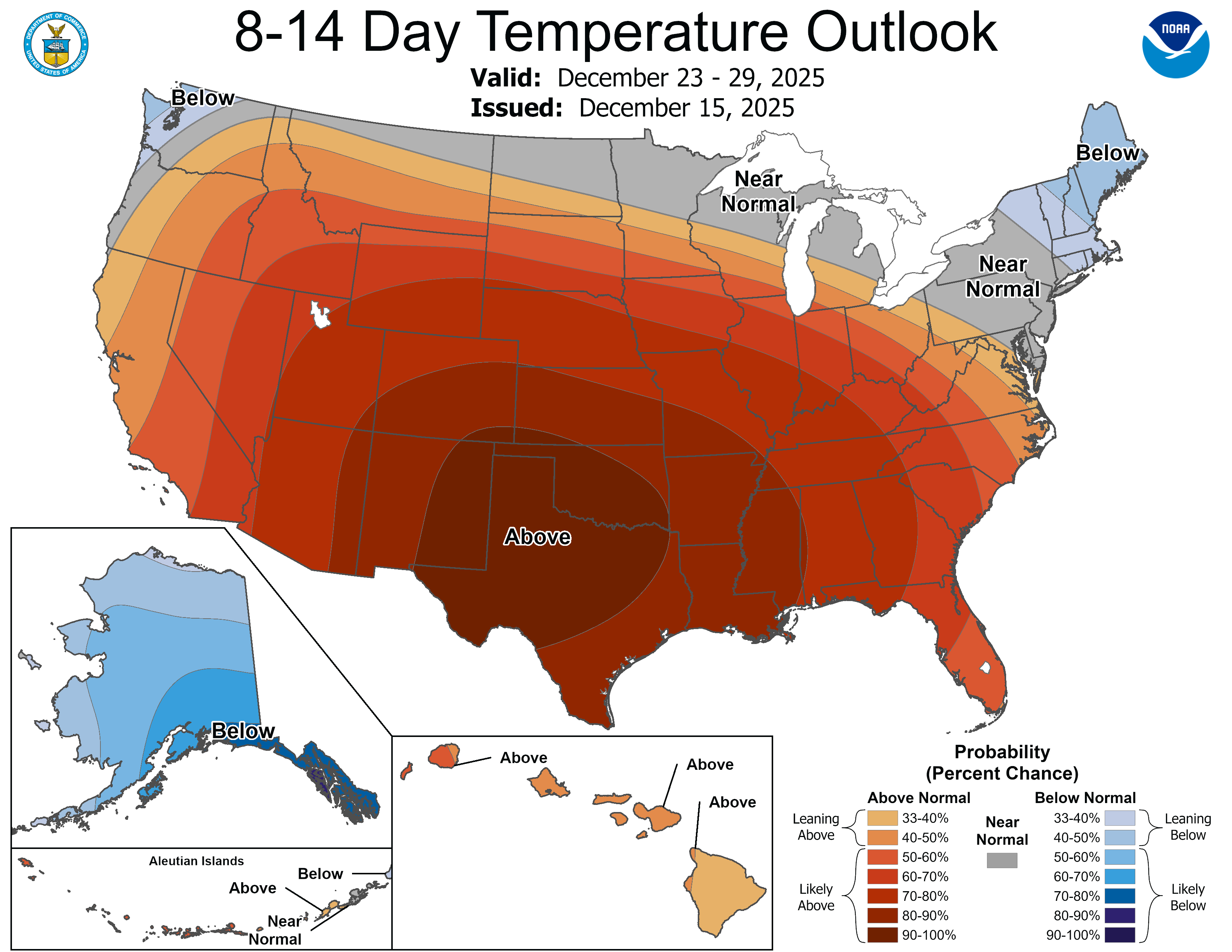Well … something like the Marcialonga.
The Marcialonga started in 1969, and has always been in a marginal climate for snow. 1975, 1989, 1990; well before climate change was on the tip of anyone’s tongue, the race was being canceled every few years (and shortened others). The course ranges from a low of 800 meters before the final climb into Cavalese and is at nearly 1500 meters near its high point; with mountain snow elevation-dependent, there is often snow on some of the course but not the rest. But the race always goes on, with a 70-kilometer-long, 6-meter-wide ribbon of manufactured snow laid across the valley.
So, what would it take to have a manmade snow Birkie? It’s a heavy lift, but not insurmountable. The Birkie is wider than the Marcialonga, and with the classic trail, it would require about 650,000 square meters of snow to be manufactured (including the classic trail, 500,000 with just the Birkie trail), as opposed to about 420,000 square meters for the Marcialonga. A bit more, but same order of magnitude. How much snow is that? It’s about 160 acres. About four Buck Hills. About half of an Afton Alps.
There should be plenty of cold water from the river, plenty of power (from, well, from the power lines) and plenty of room to store the snow. The big issue that the Birkie would face would be moving the snow. The Marcialonga makes snow in several areas along the course and then moves it around. The whole course follows a river and parallels roadways, so there is plenty of water and it’s easy to move the snow. Downhill areas don’t have to move snow, they just pump it onto their slopes since nowhere in Afton is more than a kilometer from anywhere else.
The Birkie probably has the most interesting terrain of any big race, but it doesn’t follow the river. Or a road. There’s only really water available at two points along the course: the start and (near) the finish (and maybe Mosquito Brook). The rest of the course would require pumping groundwater (a lot of groundwater) and also bringing in power, and then finding somewhere to store all the snow. Just probably not going to happen.
So a Birkie operation would have to be a blow-and-truck operation. This would probably mean setting up snowmaking in three or four locations, probably at the start, in Seeley at the base of OO, near Mosquito Brook, and near the airport. Then blowing as much snow as they’ve blown near the start this year (if not more) at each location, keeping it in piles, and then, if there’s not natural snow, shuttling it off to the race course. A dump truck can carry about 15 cubic meters, enough to cover the trail by about 5 meters. So, 200 trips per kilometer, or 10,000 trips for the whole course (and that’s just the skate course). With three or four snowmaking locations, each trip might take, on average, an hour to complete. 10,000 hours would require about 400 truck-days to distribute the snow across the course, so to lay down enough snow that it wouldn’t just melt in a warm snap would require a huge fleet of dump trucks running 24/7, say, 100 trucks and 200 drivers for four days. It’s basically what the race already does for Main Street, multiplied by about 100. Just getting that fleet in place seems … tricky, to say the least!
Plus, the snowmaking operation piece would have to take place throughout the winter ahead of the race each year, even if 80% of the races might not need it, which is a lot of investment in something unlikely to be needed. One question is whether snow could be stockpiled. In Vermont, Craftsbury has experimented with storing snow during the winter under tarps and wood chips; the Birkie could theoretically save some of the snow from winter to winter, top it off each year, and then keep it as a sort of strategic snow reserve. This would have to be in some well-placed shaded area on the north side of a steep slope (probably available near Telemark) but the cost to move snow there from elsewhere on the course might be more expensive than just making it in place.
There’s no good solution, and while we’ve had a good run of Birkies, every 10 years we might have a dud winter like this one (or 2017, or 2007, or 2000, etc). The Birkie can do the math on snowmaking, but it might not easily pencil out.
Want more weather? Stay tuned for a podcast dropping soon!

 Even this may be deceiving: the DNR notes that the observation site was down by the harbor in 1878, so if it had been up the hill, it would have been colder. (It’s at the airport now, which wasn’t a thing in 1878 since the Wright Brothers were 7 and 11.) The Twin Cities is running at or above 1878 this year! 1878 would have been tough to ski the Birkie, especially since at that time the only way to create ice was to saw it out of ponds in winter.
Even this may be deceiving: the DNR notes that the observation site was down by the harbor in 1878, so if it had been up the hill, it would have been colder. (It’s at the airport now, which wasn’t a thing in 1878 since the Wright Brothers were 7 and 11.) The Twin Cities is running at or above 1878 this year! 1878 would have been tough to ski the Birkie, especially since at that time the only way to create ice was to saw it out of ponds in winter.

